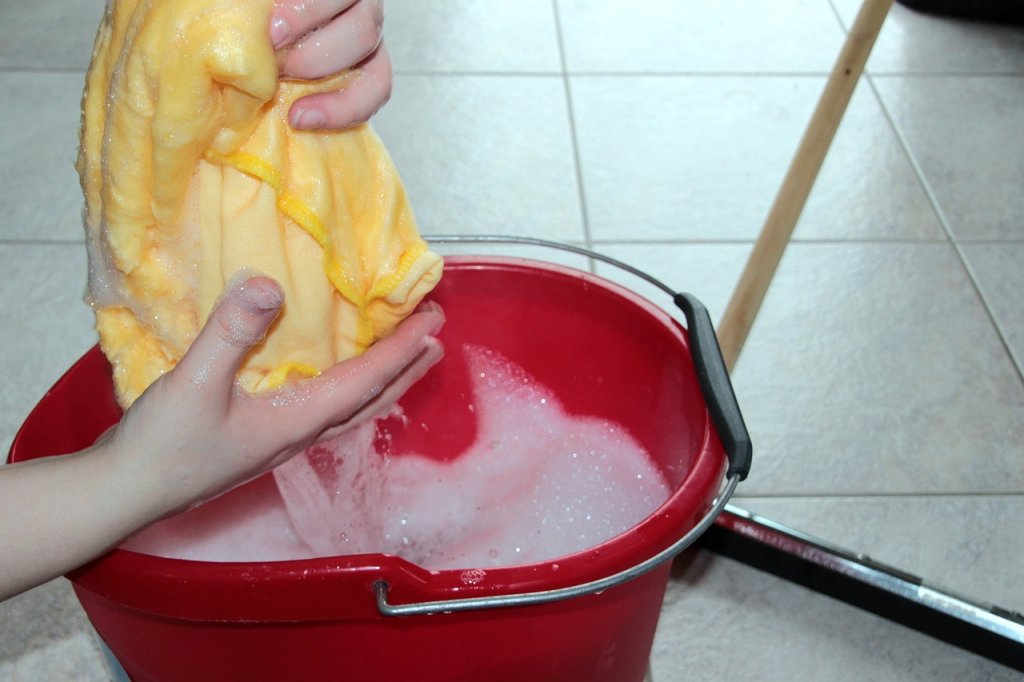
Flooding can occur in various forms, from minor incidents caused by burst water pipes to more severe area-wide flooding. Kitchens are particularly susceptible to water damage due to the presence of floor-mounted electrical appliances and cabinets made from chipboard, which is highly vulnerable to moisture. When exposed to water, chipboard swells, weakens, and eventually crumbles.
If the flooding is not extensive, it may have only affected the plinths and floor coverings. In such cases, it's important to thoroughly dry the floor and coverings. Remove the plinths and allow proper air circulation underneath the cabinets. If the plinths have become swollen, you can order replacements from your kitchen supplier or consider purchasing matching melamine-faced board to create your own plinths. If water has reached the electrical appliances, it's essential to have an electrician inspect them before using them again. Ensure that the entire kitchen is completely dry before undertaking any repair work.
In the case of significant damage, an insurance company typically assesses the situation. Generally, you are entitled to receive like-for-like replacements. However, it's important to note that the insurance may only cover damaged base cabinets and not unmarked wall units. If you encounter difficulties in finding a match for obsolete ranges, it might be worth considering using the insurance pay-out to update your kitchen. By renewing your kitchen, you can incorporate measures to minimize future flood damage, such as installing tiled floors, cabinets on legs, and positioning appliances and sockets well above the potential flood line.
Dealing with kitchen flooding can be challenging, but taking the necessary steps to address the damage and implementing preventive measures can help mitigate future risks and ensure the longevity of your kitchen.